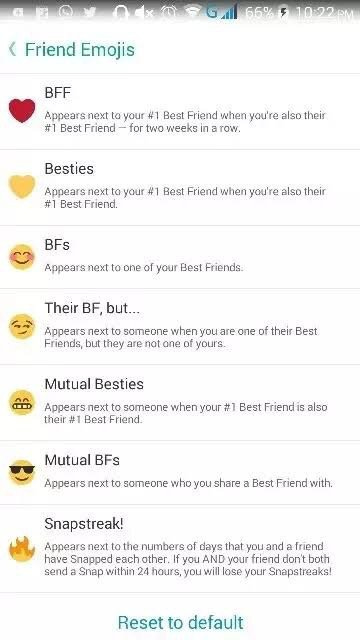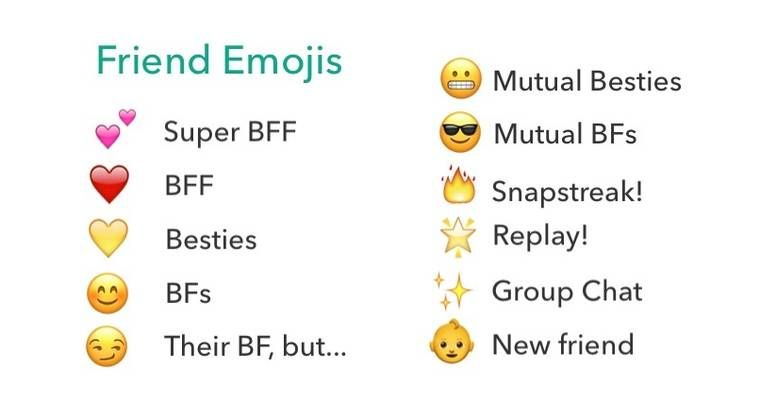💙 or 💜?? Emoji symbology with Gen Z
An interview with Amalia Fowler and a look at the cultural symbolists of today's world.
This past month, this tweet went semi-viral and sparked some pretty controversial reactions.

It was followed up the next day with an answer from the students, expressing what the color of each heart emoji meant.



If you’re like most people or even an older Gen Z’er, you may feel like this is totally ridiculous. A heart is a heart, the color is just a mood. You probably resonate with this tweet, like most of the replies.
So, why are we writing an article on this somewhat pointless twitter argument?
Because this small cultural moment gives us an incredibly deep understanding of Gen Z if we peel back a few layers.
We live in a world of information overload, and it’s only getting more intense. Language, as we wrote in last year’s piece, is changing. Matt Klein, now leading Trends and Partner Strategy at Reddit, wrote:
"A photo is a vibe. A video is a mood. The cliché is that a photo is worth a thousand words, and for Gen Z who holds such complex, nuanced sentiment, these nonverbal but colorful mediums [emoji's, capitalization, etc] are required to get across what's felt."
Language is changing, and for a digital first-generation that has grown up needing to communicate as much information in as little effort as possible, we are forced on the receiving end to interpret.
That text from your boyfriend that has a period after it?? It keeps you up at night.
The emoji on Snap next to your best friend is no longer a heart, it’s a smiley face? Shoot…what happened?? Does she hate me?
Our entire generation is left forced to interpret in a world where everything communicated has meaning.
The color of a heart, the style of an emoji laughing face, the capitals of a word, and the punctuation that follows.
Emojis are symbols; Gen Z their symbolists, creating meaning and shifting it as rapidly as culture itself.
An interview with Amalia Fowler
We reached out to Amalia to see if she was willing to discuss it, and we ended up having a great conversation. Amalia is a teacher at BCIT - The British Columbia Institute of Technology, as well as a consultant and search marketing strategist. And she’s one of those people that makes you wish you had her as one of your professors.
Amalia told us:
“A student came to me at the end of class and asked if I could read the subject line. There was a yellow heart in the subject line, but the brand colors were blue. So I asked her, ‘why is this heart yellow’?”.
Immediately, the student replied: “well they all mean different things”.
“They what??” replied Amalia.
“Yeah, I mean I can’t friendzone all the people we’re sending this email to”, her student responded (or something to this effect).
Amalia went home that night and tweeted out what happened. The next day in class, she approached a group of students working together and asked them, “Hey, is this true for you? These all mean different things?”.
The group of students proceeded to list out, in agreement, the meaning of each of the emoji colors.
And after tweeting out the picture from above, there were pretty emotional reactions from her audience, most people suggesting how stupid this was and that they’re going to keep using the emoji’s the way they want to.
Emojis: a relevant excerpt from the last piece:
One of the greatest innovations during the early days of modern technology was the emoji. Gen Z has grown up with these emojis, and therefore they have been given more meanings than what their intent was. A smiley face is not just a smiley face (in fact, I've never met anyone who unironically uses 🙂). 😀 is often purely satirical. It expresses something like "everything is fine" when in reality, nothing is fine.
TikTok comments are a very unique place to study the use of emojis. Emojis operate differently here than on other social platforms. A popular thing we see is the 🤪Emoji🎢Rollercoaster☄️ in which people overuse emojis between every few words in order to express voice inflection, convey a mood, mock the original audio, or just make something look funny and absurd.
The use of emojis can also give away one's age, personality, or voice. For example, the 😂 emoji is actually not a common way to show laughter. Gen Z tends to use 💀 (I'm dead) or 😭 (omg crying) to express that they found something humorous. Using the traditional laughing emoji 😂 could expose you as someone who is older. Some emojis mean different things when they are used by certain people. Just as a person has a verbal way of speech, each Gen Zer has their own digital voice and we often recognize each other's unique voices, too. For example, my friend Sarah tends to use the "🤪" emoji whenever she messes up. This emoji is unique to her (none of my other friends use it) and my own text adapts to her voice when I text back.
So what? And why tf does it matter?
Amalia and I both agreed that the most important takeaway was not exactly that these are now the new and precise meanings for each heart emoji. Granted, I think there is a good amount of truth to the colors and meanings associated. I believe Snapchat had a good amount to do with the creation and association of some of these meanings…
Ask any Gen Z’er if they paid close attention to the symbols here and they’ll say yes. I distinctly remember moments in middle school and high school noticing a yellow heart turn red with a girl I was flirting with and being on top of the world. And then a few days later when that red heart turned into a 😬 and it turned out my friend started snapping her too and now they were best friends on Snap…ouch.
One recent study titled Oh Snap!”: A Mixed-Methods Approach to Analyzing the Dark Side of Snapchat, concluded:
“In short, Snapchat appears detrimental for young adults’ mental health and romantic relationships.”
Clearly, it’s not just me experiencing the downsides of this type of meaning-making.
Alright enough with the teenage drama, how do I make sense of this?
Oops, right. Everything has meaning. The extra space, the missing period, the capitals and lowercase, and the color of a heart.
For a generation dependent on convenience and raised with immediate access to information, we will always look to communicate as much as we can, in as little effort as possible.
And yet as quickly as meaning can form, it can change. It’s what makes studying this generation so challenging but so vital, because one wrong emoji choice can send the wrong message to thousands of Gen Z’ers, intentional or not.
To stay relevant with Generation Z and these new meanings, we have to change the way we learn about them. Instead of sending test subject lines to three different Gen Z’ers on your team and seeing what meaning they make of it, scroll through TikTok comments. Build access to the voices and language of a generation directly into your company DNA.
As culture changes, so should our methods of understanding it.
A special thank you to Amalia for her time and for the thought-provoking tweets :)






